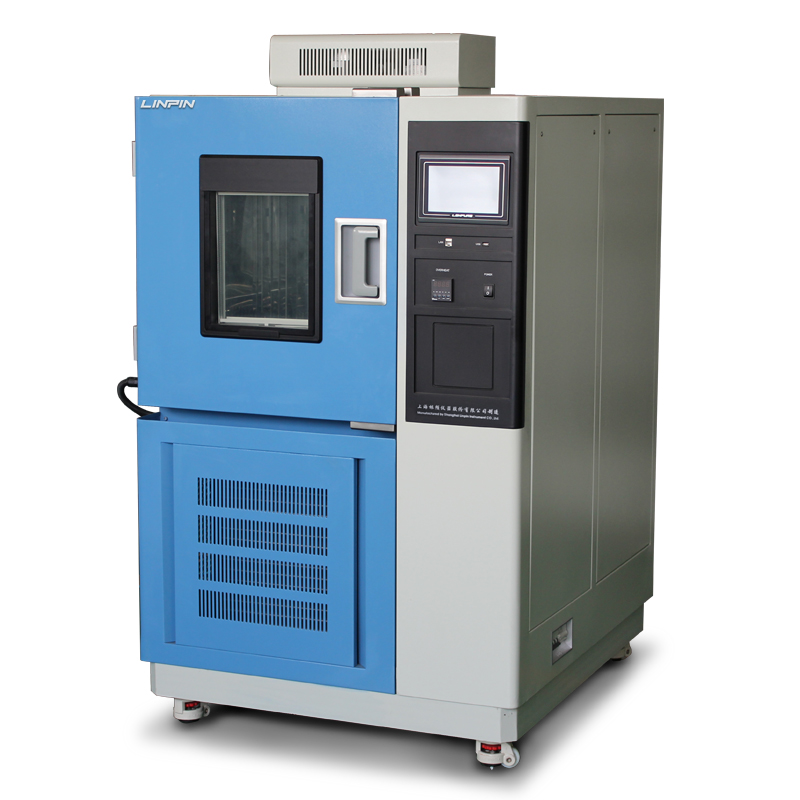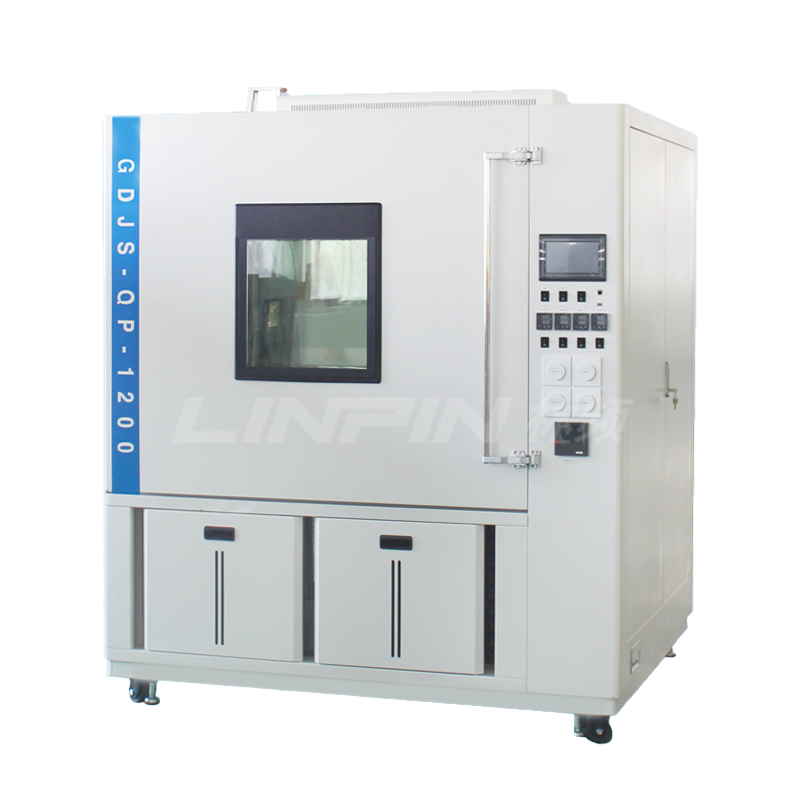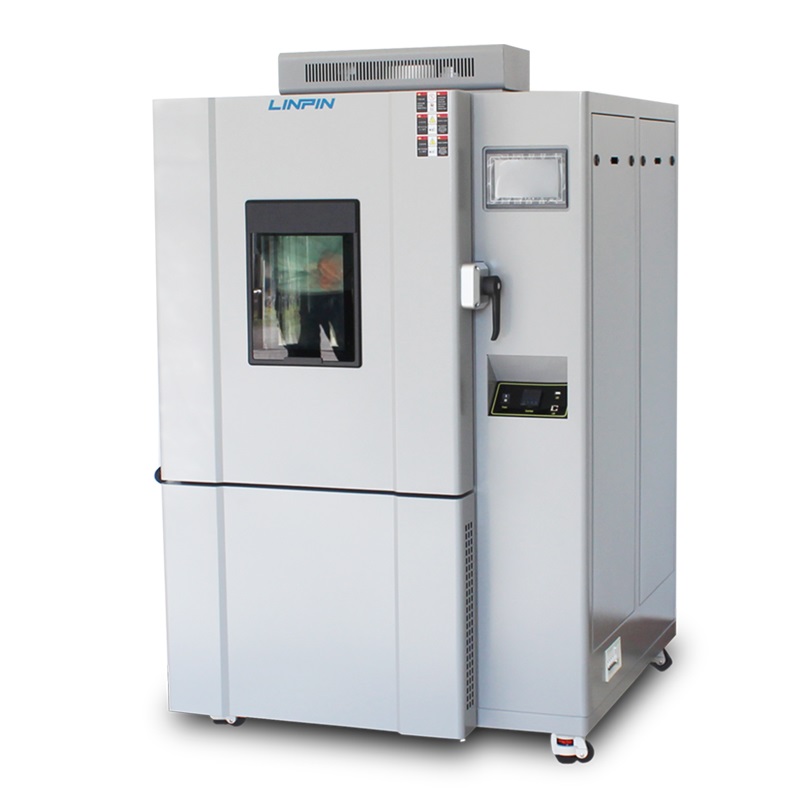The purpose of environmental testing for electrical and electronic products stems from evaluating the value of industrial products. This evaluation goes beyond just assessing the excellence of their functions and performance; it involves a comprehensive assessment from various perspectives. The goal is to determine the level of functionality and performance that can be maintained under rigorous real-world conditions and for how long. Additionally, factors such as the difficulty of replacing parts or performing repairs significantly influence the overall assessment, with these factors being flexible and subject to change. For example, in the past, military equipment prioritized excellence regardless of cost. Nowadays, there is a shift towards evaluating cost standards similar to those of general industrial products.
As global trade expands, the conditions for transportation and use have become increasingly diverse. Consequently, the requirements for products have become more stringent. Companies that can meet these stringent requirements will succeed and survive. Therefore, improving quality, performance, reliability, and cost-effectiveness under specified conditions has become a critical challenge for manufacturers. Achieving these goals is not something that can be done overnight. It requires carefully considering user needs to formulate product plans, having the manufacturing technology to produce these plans, possessing material technology to create or maintain the necessary materials, and utilizing management and analysis techniques appropriately. Only by integrating all these aspects can success be achieved.
Environmental testing as applied to the reliability testing of electrical and electronic products in the industrial field typically has the following objectives:
- During the development phase: To identify various defects in prototype products and evaluate whether the product's reliability meets the predetermined standards.
- During the production phase: To provide information for monitoring the production process.
- For finalized products: To conduct reliability verification or acceptance testing.
- To expose and analyze: To identify failure patterns, modes, and mechanisms under various environmental and stress conditions.
- To improve product reliability: To develop and refine reliability test plans and provide a basis for users to select products.








